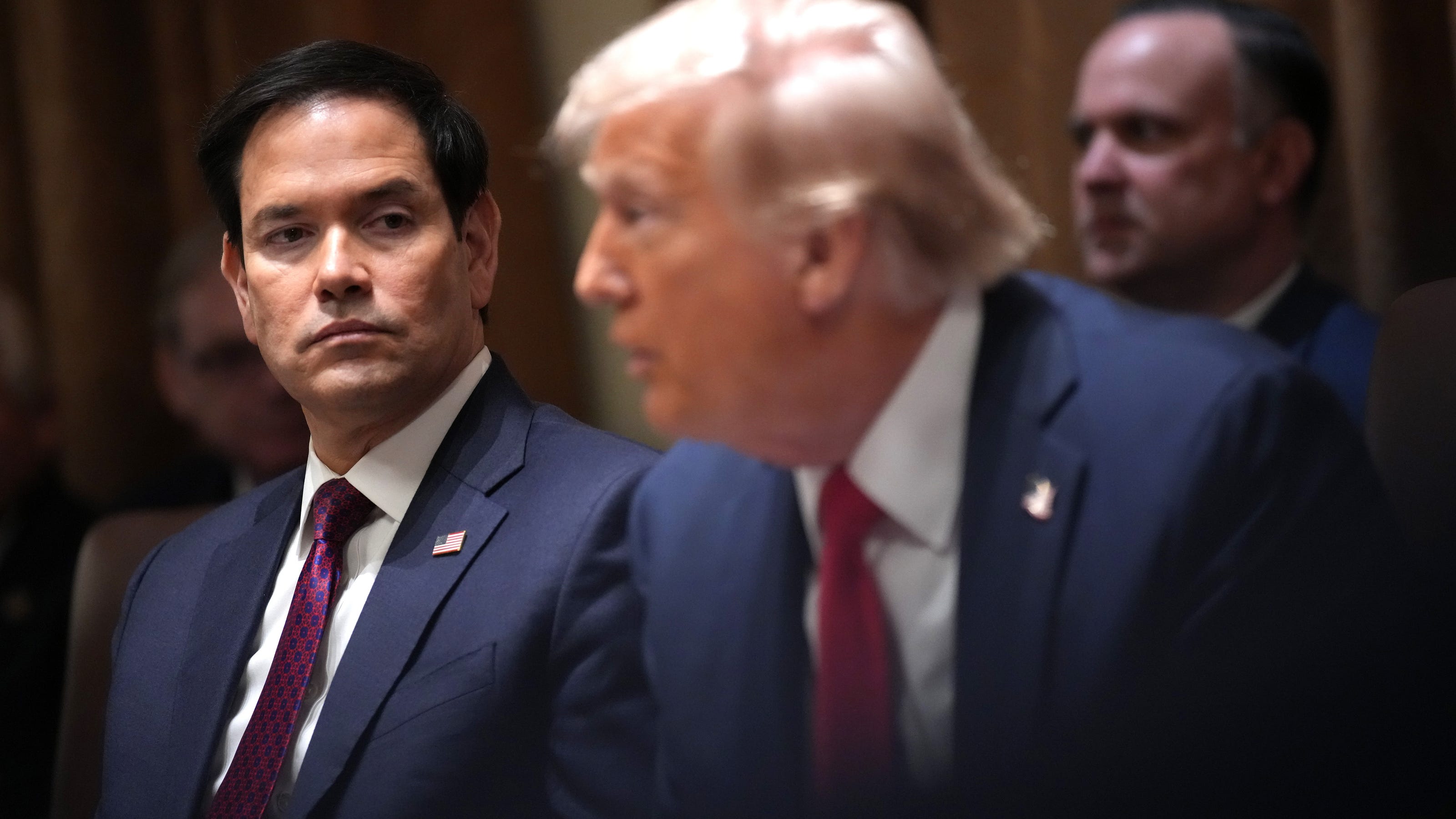Trump Admin to Restructure Foreign Aid: A Shift in Global Engagement
The Trump administration's plans to restructure foreign aid sparked significant debate and uncertainty regarding the future of US global engagement. This overhaul, announced in [Insert Date of Announcement, if available; otherwise remove this phrase], aimed to realign foreign assistance with national security interests and promote greater accountability. This article delves into the key aspects of this restructuring, exploring its potential impacts and analyzing the ongoing discussions surrounding it.
Key Changes Proposed Under the Restructuring
The proposed restructuring of foreign aid wasn't a single sweeping change, but rather a series of initiatives aimed at achieving several goals. These included:
-
Prioritizing National Security Interests: The administration emphasized a shift towards aid programs directly supporting US national security objectives, such as counterterrorism efforts, combating drug trafficking, and strengthening strategic alliances. This often meant a reduction in funding for programs deemed less directly related to these priorities.
-
Increased Transparency and Accountability: A core principle of the restructuring involved enhancing transparency and accountability in the allocation and use of foreign aid funds. This included stricter monitoring mechanisms and a greater focus on measurable results.
-
Promoting Self-Reliance and Good Governance: The administration stressed a desire to foster self-reliance in recipient countries, encouraging greater responsibility and good governance practices. This often translated into a focus on capacity building initiatives and promoting sustainable development solutions.
-
Merging and Streamlining Agencies: Consolidating and streamlining various agencies involved in foreign aid distribution was also part of the plan, with the aim of improving efficiency and reducing bureaucratic hurdles. This involved potential mergers or changes in responsibilities for existing agencies.
Impact on Specific Programs
The proposed changes had varied impacts across different foreign aid programs. Some programs saw increased funding, aligning with the administration's national security priorities. Others experienced significant budget cuts, leading to concerns about the disruption of essential services and long-term development projects. Specific examples include:
-
[Insert Example 1: e.g., Changes to USAID funding for specific regions or programs]: This led to [Insert consequence, e.g., protests from NGOs, criticism from international organizations].
-
[Insert Example 2: e.g., Shift in funding towards military aid]: This sparked debates about the effectiveness of military aid versus development aid in achieving long-term stability.
Criticism and Controversy
The Trump administration's approach to foreign aid restructuring faced significant criticism from various quarters. Many argued that the emphasis on national security interests risked neglecting crucial development goals, potentially harming vulnerable populations and undermining long-term stability.
-
Concerns about human rights: Critics raised concerns that the focus on national security could lead to a disregard for human rights considerations in aid allocation.
-
Impact on global health initiatives: Reductions in funding for global health programs sparked fears of setbacks in combating diseases like HIV/AIDS and malaria.
-
Reduced multilateral cooperation: The restructuring was also criticized for potentially weakening US partnerships with international organizations and multilateral aid initiatives.
Long-Term Implications
The long-term implications of the Trump administration's foreign aid restructuring are still unfolding. While the administration argued that the changes would lead to a more effective and targeted use of resources, critics raised concerns about the potential for negative consequences, ranging from diminished US influence to increased instability in recipient countries. Further analysis and research are needed to fully understand the effects of this significant shift in US foreign policy.
Conclusion: A Shifting Landscape
The restructuring of foreign aid under the Trump administration represented a substantial shift in US global engagement. The changes prioritized national security interests and promoted greater accountability, but also generated considerable controversy. Understanding the complexities of this restructuring requires a nuanced examination of its various aspects, including the specific programs affected, the arguments for and against the changes, and the potential long-term consequences. This ongoing debate highlights the crucial role of foreign aid in shaping global affairs and the inherent challenges in balancing national interests with humanitarian concerns.
(Note: This article requires factual updates based on the specific details of the Trump administration's foreign aid restructuring. Replace bracketed information with accurate data and cite credible sources using footnotes or a bibliography.)
